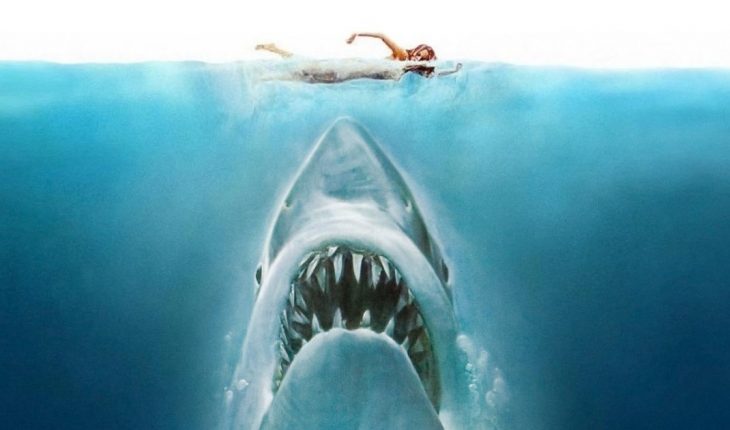By 1974, the young Steven Spielberg had already made a name for himself in the industry thanks to several television episodes and the good reception of “Locasion” (The Sugarland Express, 1974), a prima cinematográfica opera that made it clear that this Ohio native was a worthy representative of that revolutionary litter of filmmakers known as the “New Hollywood”. Of course, Stephen unknowingly was about to ‘betray’ every mandate of the movement, creating a genre in itself: the “summer blockbuster”. Box office success was not new to the mecca of cinema, but “Shark” (Jaws, 1975) inaugurated a new concept of commercial exploitation and business model that endures to this day, as well as becoming the first film to surpass the hundred million dollars in revenue in the United States during its original premiere, at least until it was surpassed by “Star Wars” (Star Wars , 1977).
For many “scholars,” Spielberg’s film is nothing more than that prototype of ‘hit of the summer’, a germ of the mega-touted action-adventure story, which has the sole purpose of attracting the most audience to the theaters, with simple stories and effects that little and nothing have to do with “quality cinema”. But when it comes to the giant squala, we know, that they can’t be more wrong, because “Shark” (despite who weighs it) is one of the most celebrated films of the seventh art, influenced by countless filmmakers who knew how to see beyond the blockbuster and immerse themselves in this horror thriller that kept the masses away from the water for a few holiday seasons. On June 20, 1975, audiences gathered in U.S. theaters to share the peaceful vacations of the inhabitants of the small island of Amity, a recess that is soon interrupted by the arrival of an unexpected visitor. The local police chief, Martin Brody (Roy Scheider), has a say it is up to him to maintain his composure, deal with the disjacy of Mayor Larry Vaughn (Murray Hamilton) – who intends to keep the beaches open at all costs – and team up with an oceanologist (Richard Dreyfuss) and a tanned fisherman (Robert Shaw) to hunt down and stop this terrible threat: a gigantic white shark eager to eat all the locals.
*John Williams’ musiquita is heard in the background
Taking as its starting point the novel of the same name by Peter Benchley, co-designer with Carl Gottlieb, Spielberg took on the titanic task of bringing this adaptation to fruition, after Richard D. Zanuck and David Brown Baren – producers of Universal Pictures – considered hiring veteran filmmaker John Sturges, who already had maritime experience with “The Old Man and the Sea” 1958), and Dick Richards, who kept confusing the squalo with a killer whale. Steven’s enthusiasm won the pulse, but the director began to repent by finding too many similarities between this story and his “Challenge to Death” antagonist (Duel, 1971). Luckily for all of us he accepted the challenge, although the filming itself became a real nightmare. The filming of “Shark” took place in large part on the island of Martha’s Vineyard (Massachusetts). A more than rugged production that exceeded the initial budget and extended beyond the expected dates, but the result remains indisputable. Would we be talking about this classic if it wasn’t, fairly, for those strange incidents? Impossible not to mention the fate of Bruce (who takes his name from Spielberg’s lawyer), the mechanical shark, star of the film, who in the days of filming collapsed into the bay and could not be used until almost the end of production.
Postcards from Martha’s Vineyard
Serendipia involved, the director was forced to use other resources and that was when the magic of this story was conjured that he did not lose an apex of visual (or narrative) power over the last 45 years. Ignoring the presence of the shark, and in the best Hitchcockian style, Spielberg played it with “the part for the whole”, anticipation and mystery. Here, drama and horror are condensed into a menacing fin and John Williams’ minimalist score: two notes that predict horror and danger…, those we know by heart. Thus, the phobias (especially those of its filmmaker) materialize in chilling shapes by the hand of the most famous squad on the screen, and the young filmmakers of the world take note of this atmosphere “by accident” that shaped this classic of classics. From Ridley Scott’s Alien to Gareth Edwards’ Godzilla, “Shark” shows his legacy and an inheritance that secured four Academy awards, more than $470 million raised globally, and ended up enshrining that enthusiastic Steven Spielberg who, after four decades, still gets the strange movement of a wave to tip us.
In this note:
Shark
steven spielberg





